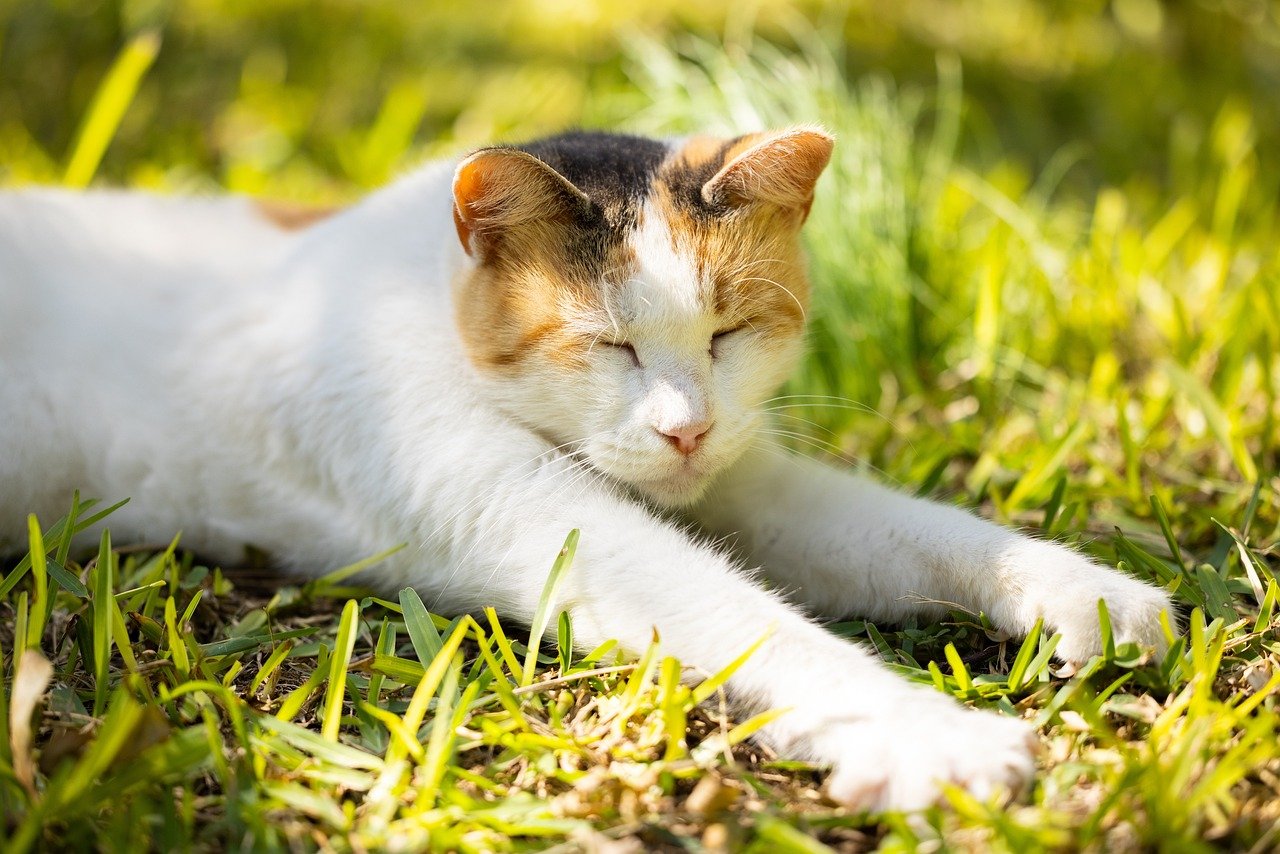Have you ever wondered what your cat really feels when they curl up in a sunbeam or dart under the bed during a thunderstorm? Cats, with their mysterious glances and silent footsteps, are more emotionally sensitive than many realize. Behind their graceful independence, they crave a sense of safety and belonging just like we do. Building a nurturing home for your feline friend isn’t just about cozy napping spots—it’s about understanding their hearts. If you truly want to give your cat the happiest, healthiest life, it starts with creating an environment where their emotions are not only respected but cherished.
Understanding Feline Emotions
Cats are known for being enigmatic, but they have a rich emotional world that deserves attention. Unlike dogs, cats express their feelings in subtle ways—a twitch of the tail, a slow blink, or a delicate purr. It’s important to recognize that they feel happiness, stress, fear, and even contentment, but they show it differently than humans or other pets. By watching for these quiet signals, you can start to understand when your cat feels safe or threatened. A cat that hides frequently or avoids interaction may be feeling anxious or insecure. On the other hand, a cat that seeks out your company and relaxes in your presence is showing trust and emotional comfort. Taking the time to observe your cat’s unique ways of communicating is the first step in building a safe emotional home.
Creating Consistent Routines
Cats thrive on predictability and routine. Sudden changes in their environment or daily schedule can leave them feeling unsettled. Setting up regular feeding times, play sessions, and bedtime rituals helps your cat know what to expect each day. These routines act like invisible hugs, offering comfort through familiarity. Imagine how you feel when your plans are suddenly changed without warning—it’s the same for your cat. Even small disruptions, like moving furniture or bringing in new people, can be overwhelming for them. By maintaining consistency, you show your cat that their world is stable and trustworthy, which is vital for their emotional health.
Providing Safe Spaces
Every cat needs a place where they can retreat and feel completely secure. Whether it’s a soft bed in a quiet corner, a cozy box, or a high perch out of reach, these safe spaces are like emotional sanctuaries. When your cat feels scared or overwhelmed, having their own private spot allows them to decompress and regain confidence. It’s important not to disturb your cat when they’re in their safe place, as this can break their trust. You can make these areas even more inviting by adding their favorite blanket or toy, ensuring they always have somewhere to go when the world feels too big. These safe spaces are a direct reflection of your care and respect for your cat’s emotional needs.
Encouraging Gentle Socialization

Cats are naturally curious but also cautious when it comes to new people or animals. Forcing interactions or overwhelming your cat with too much attention can cause stress and anxiety. Instead, allow your cat to approach new experiences at their own pace. Gentle encouragement, such as sitting quietly in the same room or offering treats, helps build confidence without pressure. It’s crucial to teach children and guests to respect your cat’s boundaries, too. Remember, every cat is unique—some are social butterflies, while others are happiest with minimal interaction. By honoring your cat’s preferences, you foster a sense of emotional security and trust.
Minimizing Stressful Triggers
The world outside can be a scary place for a sensitive cat. Loud noises, unfamiliar scents, and even changes in household dynamics can trigger anxiety. Pay attention to what makes your cat uneasy, whether it’s the sound of the vacuum or the arrival of a new pet. You can help minimize these stressors by providing soothing background noise, using calming pheromone diffusers, or gradually introducing changes. Sometimes, just being present and offering a gentle touch can help reassure your cat. By actively working to reduce sources of stress, you show your cat that their feelings are valued and protected.
Building Trust Through Positive Reinforcement
Trust is the foundation of any safe emotional home. Instead of punishing undesirable behavior, focus on rewarding your cat for positive actions. Treats, praise, and gentle petting go a long way in reinforcing behaviors you want to encourage. If your cat approaches you or uses their scratching post rather than the couch, celebrate these moments with kindness. Over time, your cat will associate you with safety and happiness, deepening your bond. Remember, cats remember how they are treated, especially during vulnerable moments. Patience and understanding are your best tools for building lifelong trust.
Respecting Your Cat’s Unique Personality

No two cats are exactly alike. Some are playful and outgoing, while others are reserved and watchful. It’s essential to respect your cat’s individuality and adapt your approach to their personality. Forcing a shy cat to play or expecting a confident one to cuddle on demand can lead to frustration and insecurity. Instead, celebrate their quirks and let them express themselves in their own way. By honoring who your cat truly is, you create a home where they feel accepted and loved, flaws and all. This acceptance is the final piece in building a truly safe emotional environment for your cherished companion.

Linnea is a born and bred Swede but spends as much time as possible in Cape Town, South Africa. This is mainly due to Cape Town’s extraordinary scenery, wildlife, and atmosphere (in other words, because Cape Town is heaven on earth.) That being said, Sweden’s majestic forests forever hold a special place in her heart. Linnea spends as much time as she can close to the ocean collecting sea shells or in the park admiring puppies.






